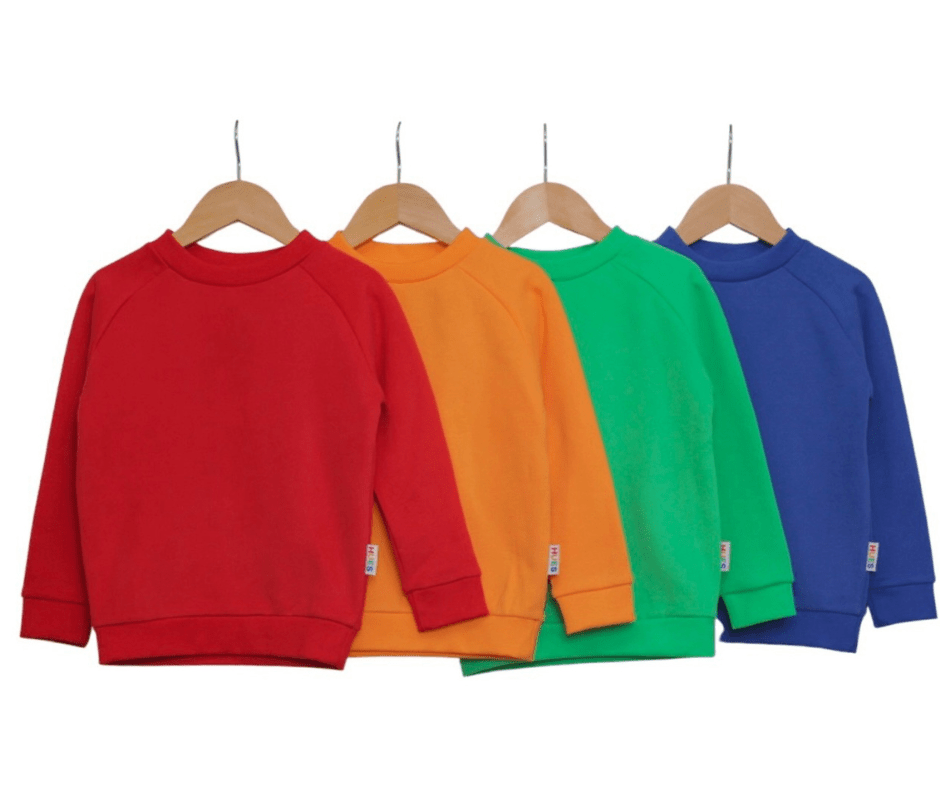Sensory needs don’t vanish with age—they can affect anyone, from young children to adults. Whether you’re shopping for your child, yourself, or a loved one, finding comfortable, sensory-friendly clothing can make a huge difference in daily life.
The Benefits of Comfortable Clothing for Sensory Needs
-
Enhances Well-Being: Soft, sensory-friendly clothing reduces irritation and discomfort, lowering stress and anxiety for both children and adults.
-
Supports Confidence: Clothes that feel good help people feel more secure, boosting self-esteem and encouraging self-expression.
-
Promotes Independence: Easy-to-wear, comfortable garments enable individuals—especially children—to dress themselves, fostering independence.
-
Improves Daily Participation: When clothing isn’t a source of distress, it’s easier to focus on daily activities, social interactions, and learning.
-
Reduces Sensory Overload: Seam-free, tagless, and gentle fabrics minimise the risk of sensory overload, making daily routines smoother and more enjoyable.
-
Emotional Comfort: Physical comfort can translate into emotional comfort, helping individuals feel understood, supported, and ready to thrive.
1. Know Your Sensory Needs
Everyone’s sensory needs vary: some may feel discomfort from tags, seams, or certain fabrics.
Take note of specific triggers (e.g., tight waistbands, scratchy labels, rough seams) for yourself or your child.
2. Prioritise Seam-Free and Tagless Options
Look for seam-free underwear, trousers, and socks for both children and adults—these can significantly reduce irritation.
Tagless tops or those with easy-to-remove labels are a game-changer for sensitive skin.
3. Choose Soft, Breathable Fabrics
Opt for natural fibres like organic cotton, bamboo, or modal, which are gentle on the skin.
Super-soft, stretchy materials allow freedom of movement and all-day comfort.
4. Embrace Personal Style and Routine
Allow children (and adults!) to have a say in what they wear—familiar favourites can be soothing, even if it means repeating outfits.
Lay out clothes the night before to reduce morning stress for everyone.
5. Try Before You Commit
Whenever possible, try clothing on at home in a relaxed setting.
For new or special-occasion pieces, do a “test run” around the house to check for comfort.
6. The Power of a Personal Uniform
For some, creating a “uniform” of comfortable, dependable pieces simplifies daily dressing and reduces stress.
Icons like Steve Jobs famously wore the same style every day—eliminating decision fatigue and sensory stress of outfit choices.
Having a set of go-to outfits can be empowering for both adults and children with sensory needs.
7. Personalisation Matters
Adding personal touches—like iron-on patches or favourite colours—can make sensory-friendly clothes more appealing.
8. Build a Supportive Wardrobe
Stock up on reliable basics: seamless underwear, soft joggers, tagless T-shirts, and cosy jumpers.
For adults, consider adaptive clothing brands or small businesses specialising in sensory-friendly options.
9. Celebrate Progress and Comfort
Every time you or your child find a piece that feels good, it’s a win—acknowledge it!
Share tips and favourite finds with friends, family, or online communities.
Comfortable clothing is for everyone—regardless of age. By focusing on soft fabrics, seam-free essentials, and personal style (even if that means a daily “uniform”), you can build a wardrobe that supports sensory needs and boosts confidence every day.
Keen to discover more sensory-friendly options?
Sign up for the Hues Clothing newsletter to be the first to hear about Hues V2, receive exclusive tips, and enjoy a 15% discount on your first order. Subscribe here and join our community of comfort-seekers!

